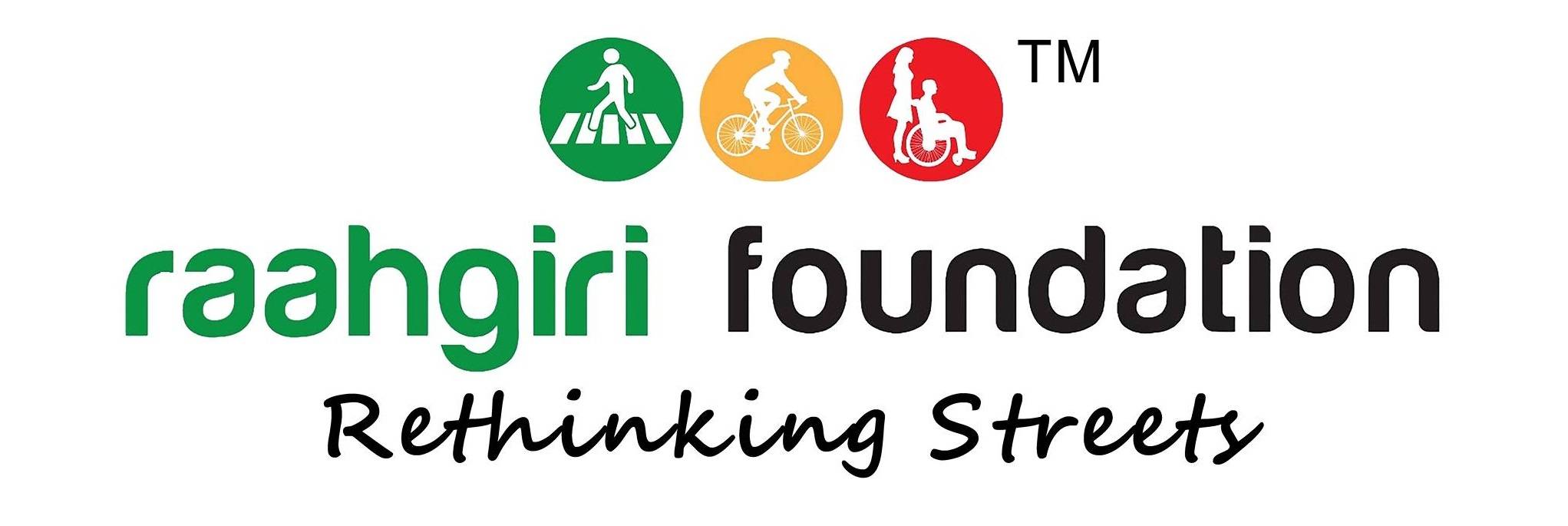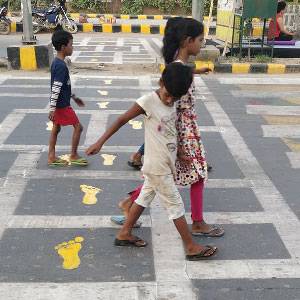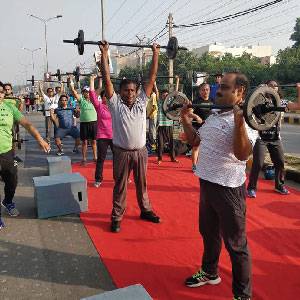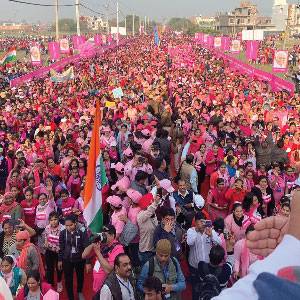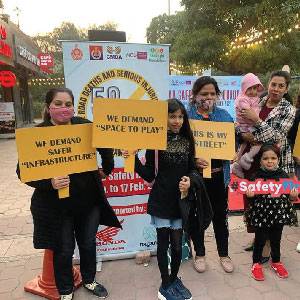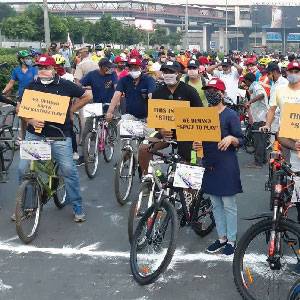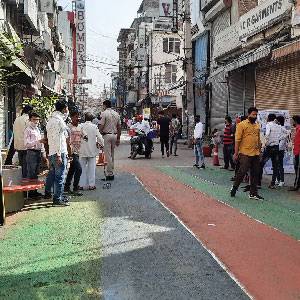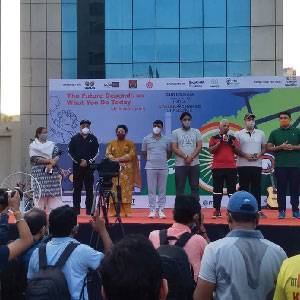Indians and their “hate-hate” relationship with traffic rules
Indian drivers are incredibly resourceful when using the road: we don’t believe in wasting space. Out of a two-lane road, drivers carve out nearly five (or possibly more if one takes into account the footpath that 2-wheeler drivers whimsically repurpose). Granted, it’s hyperbolic but it isn’t far from the truth, is it? Unsurprisingly, India’s alarming numbers of fatal road crashes do not seem to be coming down. While there is some level of ignorance about road safety rules, a broken system with no real will to intervene at the policy level, is what is truly responsible for today’s sorry state of affairs.
But let’s step out of India and look around a little bit. A nation that stands out globally for providing some of the finest roads for cars, in addition to providing some of the finest bicycle facilities in the world, is the Netherlands. The World Economic Forum’s Global Competitiveness Report 2019—the final comprehensive survey on road quality conducted before the COVID-19 pandemic—placed the Netherlands in the top spot among European nations. Norway has also decreased the number of fatal collisions by 46% over the past ten years, from 43 per year in 2010 to 18 in 2020. Italy has also made significant progress, cutting the number of fatal or seriously injured crashes by 44%, from 70 to 40, followed by Croatia with a 42% decline from 99 to 58%.
While these countries’ have made significant progress, India is leading the list of road crashes in the whole world. Even if we take into consideration our population, which is significantly more than these European countries, it doesn’t justify the scary numbers that we have. We register road related deaths in lakhs. In 2020, 1,31,714 lives were claimed due to road accidents. Road crashes now account for 39.9% of all deaths that are classified as coming from “Other Causes”. The reports highlight how from 2016 to 2019, there was an increase in the overall number of deaths due to “Traffic Accidents,” only to go down during the pandemic when India was under a strict lockdown.
Rapidly changing lanes on highways, the consistent lack of signaling, taking the wrong way to save tiny fractions of time, exceeding the capacity of passengers, accelerating upon seeing the orange light instead of slowing down, are a few things that us Indians do on a daily basis. In fact these are supposedly “minor” felonies that we do without even breaking a sweat. On an administrative level, ill constructed roads, un-repaired potholes, and manholes go unchecked for months. Progress, or even incremental change, does not seem to be on the agenda.
In India, a significant number of the road users are un-informed road users. Be it the social conditioning passed on to the newer generations or the lack of proper road safety education in institutionalized spaces, the negligence persists. Additionally, because of corruption, those who breach the law can simply “pay off” rule enforcers and continue with their unlawful activities. People disregard the law since they may just pay a small fee if they are caught and carry on with their daily activities. On the other hand, increased penalties for reckless driving come with their own set of issues in a socio-economic setting, as unequal as that of India’s.
It seems ineffective to penalize an affluent driver of a luxury car and an autorickshaw driver with the same amount. And even if a strict penalty is collected, it has shown no real impact in people’s conscience regarding road safety rules and regulations. Even though the hefty new fines under the amended Motor Vehicle Act have been widely criticized by the public since it went into effect in September 2019, they can really help in reducing road crash casualties. Many European countries like Norway and Sweden have already set the precedent by funneling the revenue generated from this into improving their public transportation systems. By taking a proactive approach to utilizing the revenue generated from hefty fines, we can not only work towards creating a safer environment on our roads but also invest in a brighter, more sustainable future for all.
ALL CONTACTS
- C-157, Anand Vihar, Vikas Marg Extension, Delhi, India, 11009
- Office +91-8826865797
- raahgirifoundation@gmail.com
- Copyright All Rights Reserved : Raahgiri Foundation
- raahgirifoundation@gmail.com
